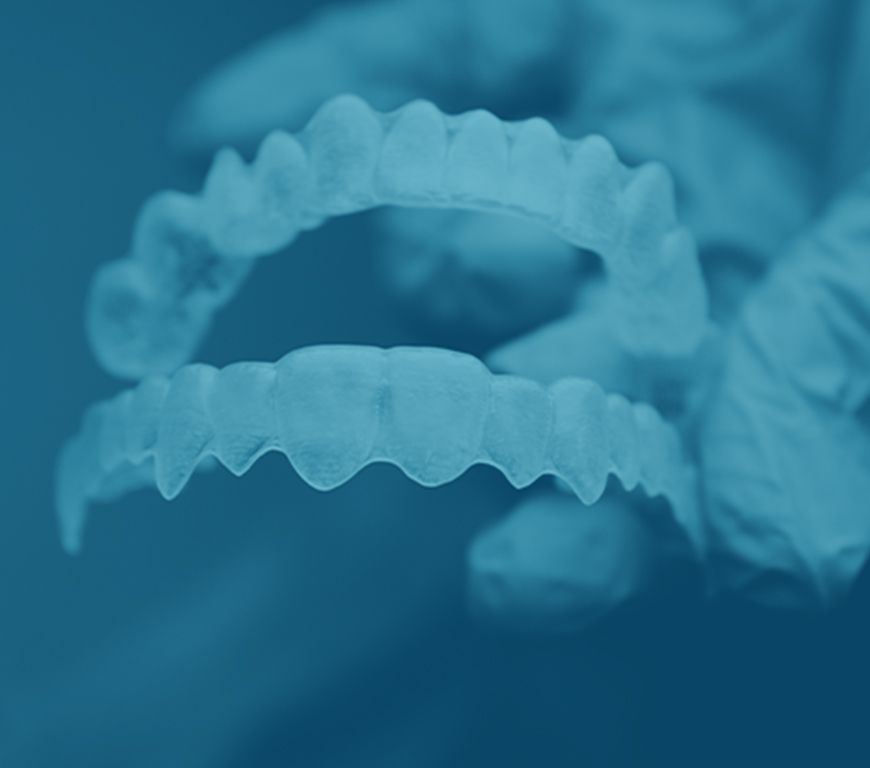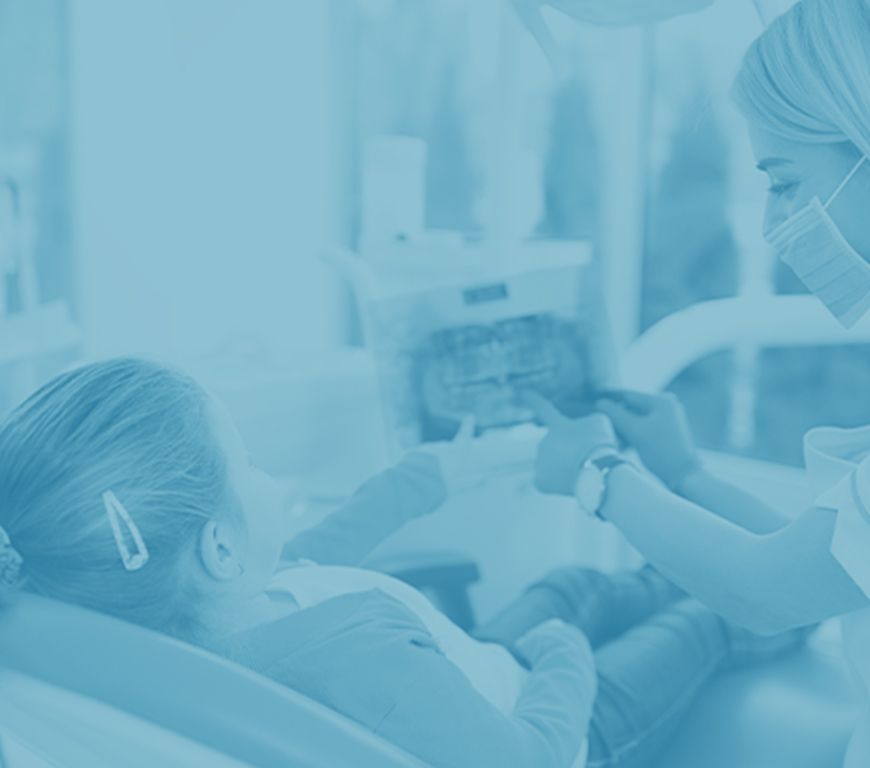
Dental care & Orthodontics
for the whole family
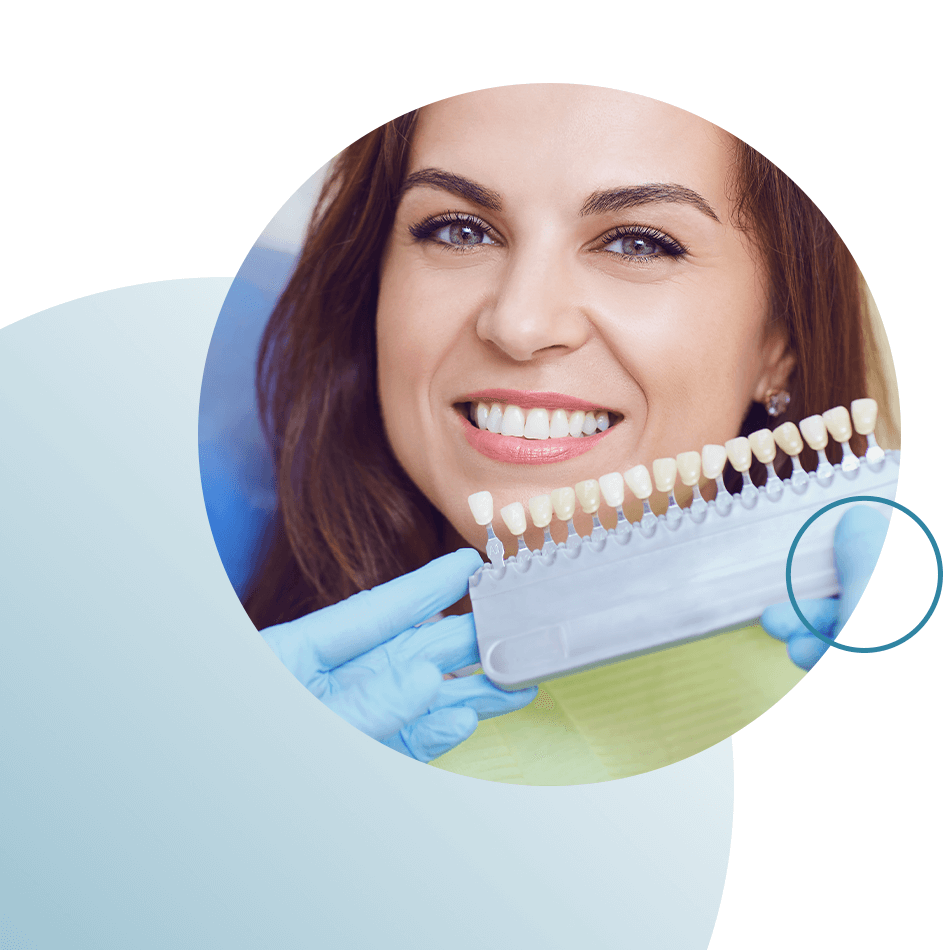
Specialized Dental Care
Get The smile you've always wanted
At Your Neighborhood Dentist, our friendly team understands that many people may be uncomfortable visiting the dentist due to previous experiences. We take will make sure you feel comfortable and informed throughout your visit.
We Take Pride in Providing the Highest Standard of Care
Certified Dentists
It is our goal to make dental treatment accessible to all of our patients. We want to make sure that you are able to receive the dental care that you need without a financial burden.
Insurance Accepted
We work with nearly all insurance companies! Our front desk staff are experts on the dental benefits, so we would be happy to answer any questions you may have.
No Insurance? No Problem!
We offer a yearly savings plan for patients without insurance which includes the standard preventative care, as well as a 25% discount on most dental treatments.
Financing Available
We offer recurring auto-debit payments through DocPay, as well as third-party financing through Care Credit. We want to make sure that you are able to receive the dental care that you need without financial burden.

Join our dental family...
Your Neighborhood Dentist
We pride ourselves on treating our patients with the respect and compassion they deserve. We specialize in general dentistry, cosmetic dentistry, and orthodontics for the entire family. Contact us for a free consultation.

No Insurance? No Problem!
No hard credit check, 90% approval rate, Lightning fast response
Meet Our Team
of Family & Cosmetic Dentists
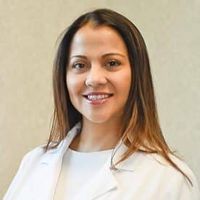
Dr. Sonia Kaur-Singh, DMD
Dr. Sonia Kaur-Singh has been practicing dentistry for over 19 years and is happily serving the City of Warren residents the entire time. Dr. Sonia Kaur-Singh graduated from Boston University in 1998. She has been practicing dentistry for over 19 years and is happily serving the City of Warren residents the entire time. Dr. Sonia has kept up to date with continuing education classes and state-of-art techniques, to enhance and ensure that her patients receive the most comprehensive and advanced dental care.

Dr. Sherin John, DDS
Dr. Sherin John has been practicing dentistry since 2017, and she has been a full-time pillar of our team since August 2021. Dr. John was born and raised in Kerala, India, and got her Bachelor of Dental Surgery from Mahatma Gandhi University. She then moved to the United States in 2013 and got her Doctorate in Dental Surgery from UCLA in 2017. Her favorite part of dentistry is seeing her patients’ lives improve by restoring their smiles to be even healthier and more beautiful than ever before.
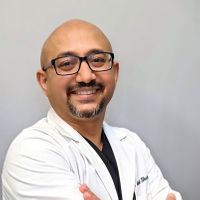
Dr. Amit Shah, DDS
Dr. Amit Shah has provided dental care to our patients at Your Neighborhood Dentist since 2009! He grew up in Kolkata, “the city of joy”, in Eastern India. His hometown is known for its vibrant culture and enthusiastic people! Dr. Shah’s family follows a fundamental principle of Jainism, “ahimsa”, which means non-violence- through words, actions, and thoughts. This principle guides him in his work and life, which shines through in his calm demeanor and non-judgmental nature.


